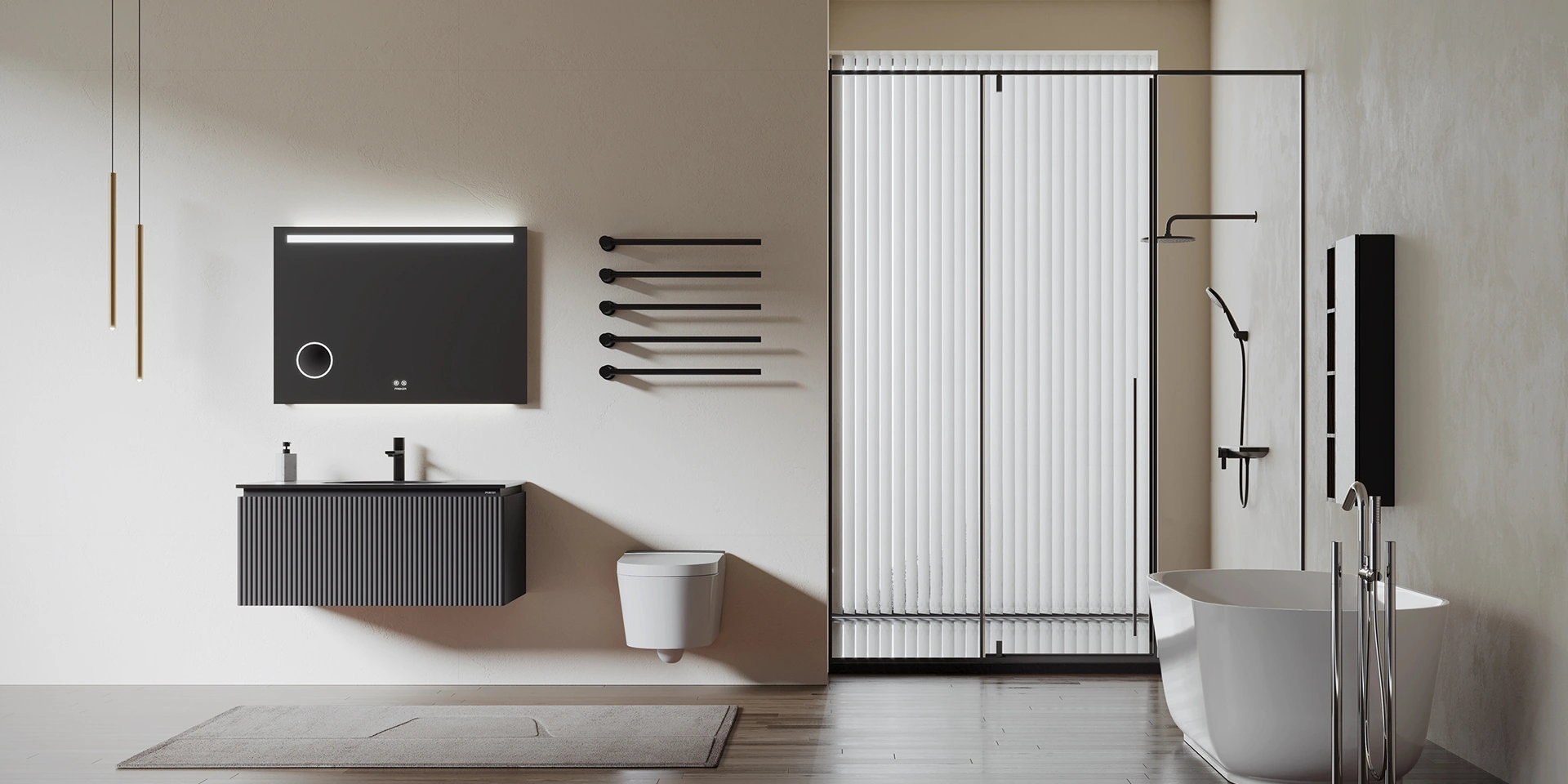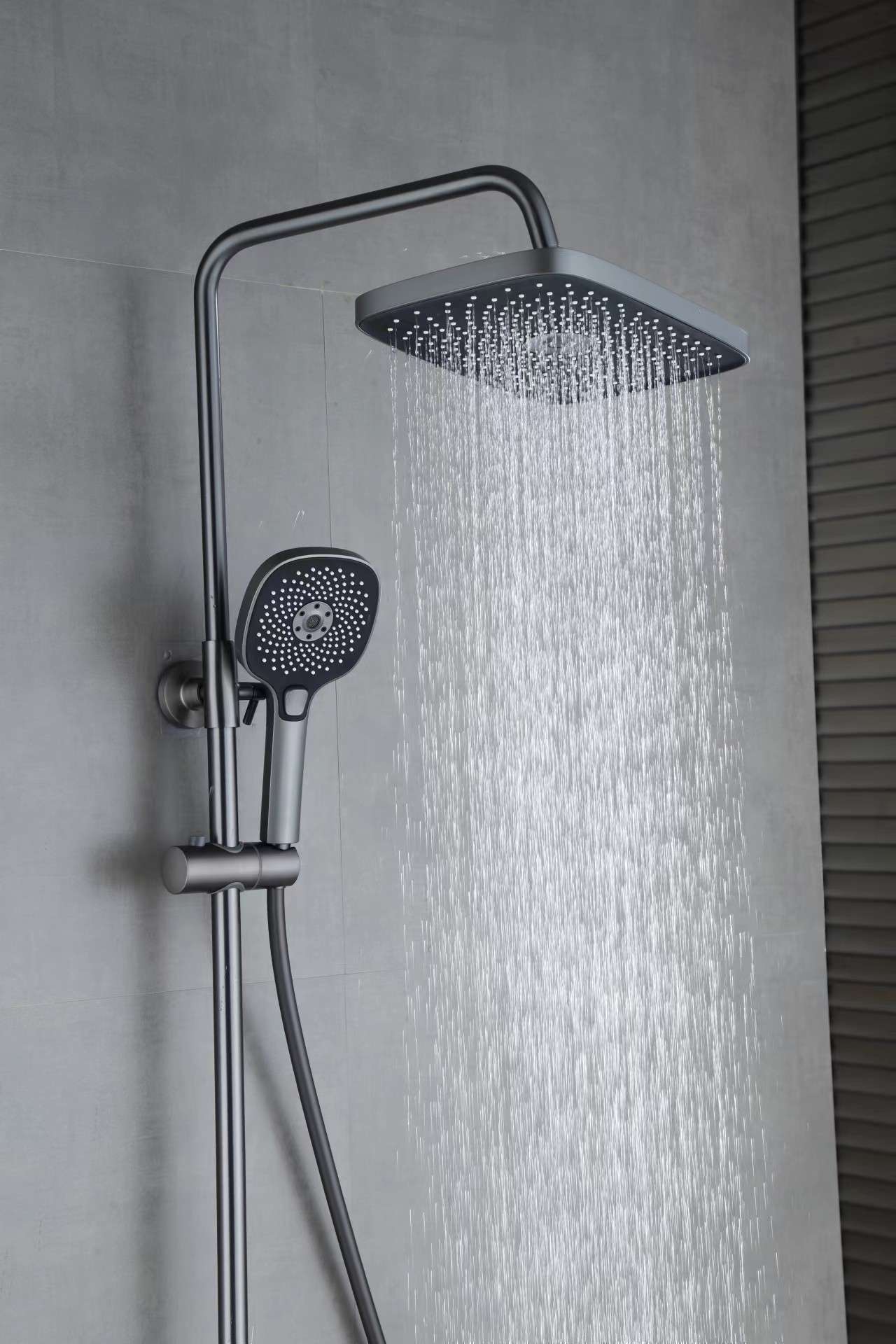The Future of Hygiene: Intelligent Toilet Infrared Induction Sensors Explained
Release time:
2025-05-04
The Future of Hygiene: Intelligent Toilet Infrared Induction Sensors Explained
Table of Contents
1. Introduction to Intelligent Toilet Infrared Induction Sensors
2. The Evolution of Toilet Technology
2.1 Early Innovations in Sanitation
2.2 The Rise of Smart Toilets
3. Understanding Infrared Induction Sensors
3.1 How Infrared Sensors Work
3.2 Benefits of Using Infrared Technology in Toilets
4. Key Features of Intelligent Toilet Sensors
4.1 Automatic Flushing Mechanism
4.2 Enhanced Hygiene and Sanitation
4.3 User Experience and Comfort
5. Water Conservation and Efficiency
5.1 Impact on Water Usage
5.2 Long-Term Cost Savings
6. Installation and Maintenance of Intelligent Toilets
6.1 Step-by-Step Installation Guide
6.2 Maintenance Tips for Longevity
7. The Future of Toilets: Trends and Innovations
7.1 Sustainable Technologies
7.2 Integration with Smart Home Systems
8. FAQs about Intelligent Toilet Infrared Induction Sensors
9. Conclusion
1. Introduction to Intelligent Toilet Infrared Induction Sensors
In recent years, the concept of hygiene has evolved dramatically, leading to the development of intelligent toilet infrared induction sensors. These advanced devices are designed to enhance sanitation and provide a more comfortable user experience. By utilizing infrared technology, these systems ensure that toilets flush automatically, minimizing physical contact and promoting cleanliness. As society becomes increasingly aware of the importance of hygiene, it is essential to explore how these sensors are shaping the future of restroom facilities.
2. The Evolution of Toilet Technology
To appreciate the significance of intelligent toilet infrared induction sensors, we must first look back at the evolution of toilet technology.
2.1 Early Innovations in Sanitation
The history of toilets dates back thousands of years, with early civilizations creating rudimentary sanitation systems. From the ancient Roman aqueducts to the modern flush toilet, innovations have continually aimed to improve hygiene and comfort.
2.2 The Rise of Smart Toilets
The late 20th century saw the introduction of smart toilets, equipped with features such as heated seats and bidet functions. As technology advanced, the integration of infrared induction sensors became a game-changer, offering hands-free operation and improved cleanliness.
3. Understanding Infrared Induction Sensors
At the heart of intelligent toilets are infrared induction sensors. These devices use infrared light to detect the presence of users, triggering automatic functions that enhance hygiene and convenience.
3.1 How Infrared Sensors Work
Infrared induction sensors operate by emitting infrared light and measuring the reflection off nearby objects. When a user approaches the toilet, the sensor detects their presence and activates the flush mechanism. This technology not only eliminates the need for manual flushing but also reduces the risk of contamination.
3.2 Benefits of Using Infrared Technology in Toilets
The primary advantage of infrared induction sensors lies in their ability to promote hygiene. By minimizing physical contact with toilet components, these sensors significantly reduce the spread of germs and bacteria. Additionally, they offer convenience, as users do not need to touch handles or buttons, which can often be breeding grounds for pathogens.
4. Key Features of Intelligent Toilet Sensors
Intelligent toilet infrared induction sensors come equipped with various features that enhance the overall user experience.
4.1 Automatic Flushing Mechanism
One of the standout features of these toilets is their automatic flushing mechanism. Once a user stands up, the toilet flushes without any manual input, ensuring optimal cleanliness and efficiency.
4.2 Enhanced Hygiene and Sanitation
The use of infrared sensors drastically improves hygiene by eliminating the need for physical contact. This is particularly crucial in public restrooms, where the risk of germ transmission is higher. Users can enjoy a clean and sanitary experience without worrying about touching potentially contaminated surfaces.
4.3 User Experience and Comfort
Beyond hygiene, intelligent toilets offer comfort through features such as adjustable seat temperatures, built-in bidets, and ambient lighting. These options cater to individual preferences, making the restroom experience more enjoyable.
5. Water Conservation and Efficiency
In a world increasingly focused on sustainability, intelligent toilets play a crucial role in water conservation.
5.1 Impact on Water Usage
Traditional toilets often use excessive amounts of water per flush. However, intelligent toilets equipped with infrared induction sensors are designed to use water more efficiently. Many models feature dual-flush systems that allow users to choose between a full or half flush, significantly reducing overall water consumption.
5.2 Long-Term Cost Savings
The reduction in water usage directly translates to lower water bills for homeowners and businesses. Over time, the adoption of intelligent toilets can lead to substantial savings, making them a wise investment in both environmental responsibility and financial prudence.
6. Installation and Maintenance of Intelligent Toilets
Installing and maintaining intelligent toilets is essential for maximizing their benefits.
6.1 Step-by-Step Installation Guide
Installing an intelligent toilet with infrared induction sensors typically involves the following steps:
1. **Prepare the Installation Site**: Ensure the area is clean and free of obstructions.
2. **Turn Off the Water Supply**: Safety first! Shut off the water supply to the existing toilet.
3. **Remove the Old Toilet**: Carefully detach the old toilet from its mounting and clear the area.
4. **Install the New Toilet**: Follow the manufacturer's instructions to secure the new toilet and connect the water supply.
5. **Test the System**: Turn on the water supply and test the automatic flushing mechanism to ensure proper functionality.
6.2 Maintenance Tips for Longevity
To keep intelligent toilets functioning optimally, regular maintenance is essential. Here are some tips:
- **Clean Sensors Regularly**: Dust and grime can impede sensor functionality, so it's vital to keep them clean.
- **Check for Leaks**: Regularly inspect for leaks around the base and water supply connections.
- **Follow Manufacturer Guidelines**: Adhere to the manufacturer's recommendations for servicing and repairs.
7. The Future of Toilets: Trends and Innovations
As technology continues to develop, the future of intelligent toilets promises even more exciting innovations.
7.1 Sustainable Technologies
Future toilets are likely to incorporate even more sustainable technologies, such as water recycling systems and energy-efficient components. These advancements will further enhance their environmental benefits.
7.2 Integration with Smart Home Systems
As smart home technology becomes increasingly prevalent, intelligent toilets will likely integrate seamlessly with other devices. Imagine controlling your toilet's features through a smartphone app or voice command—this is the future we can expect.
8. FAQs about Intelligent Toilet Infrared Induction Sensors
1. What are the primary benefits of intelligent toilet infrared induction sensors?
The primary benefits include enhanced hygiene, convenience, and water conservation. These features contribute to an overall improved restroom experience.
2. How do I clean an intelligent toilet with infrared sensors?
Regularly clean the toilet surfaces and sensors with non-abrasive cleaners to maintain functionality and hygiene.
3. Are intelligent toilets compatible with all plumbing systems?
Most intelligent toilets can be installed with standard plumbing systems, but it's essential to check manufacturer specifications.
4. What is the average lifespan of an intelligent toilet?
With proper maintenance, intelligent toilets can last for 10 years or more, making them a durable investment.
5. How much do intelligent toilets with infrared induction sensors cost?
Prices can vary widely, but you can expect to pay anywhere from several hundred to several thousand dollars, depending on the features and brand.
9. Conclusion
Intelligent toilet infrared induction sensors represent a significant advancement in restroom hygiene and technology. These devices not only improve sanitation and convenience but also contribute to water conservation efforts. As we look to the future, it is clear that the integration of smart technologies will continue to revolutionize our approach to hygiene. By investing in intelligent toilets, we are not only enhancing our own experiences but also promoting a cleaner and more sustainable world for generations to come.
Related News
Share
 Ruigad@Ruigad.com
Ruigad@Ruigad.com
 0592-6363076
0592-6363076








